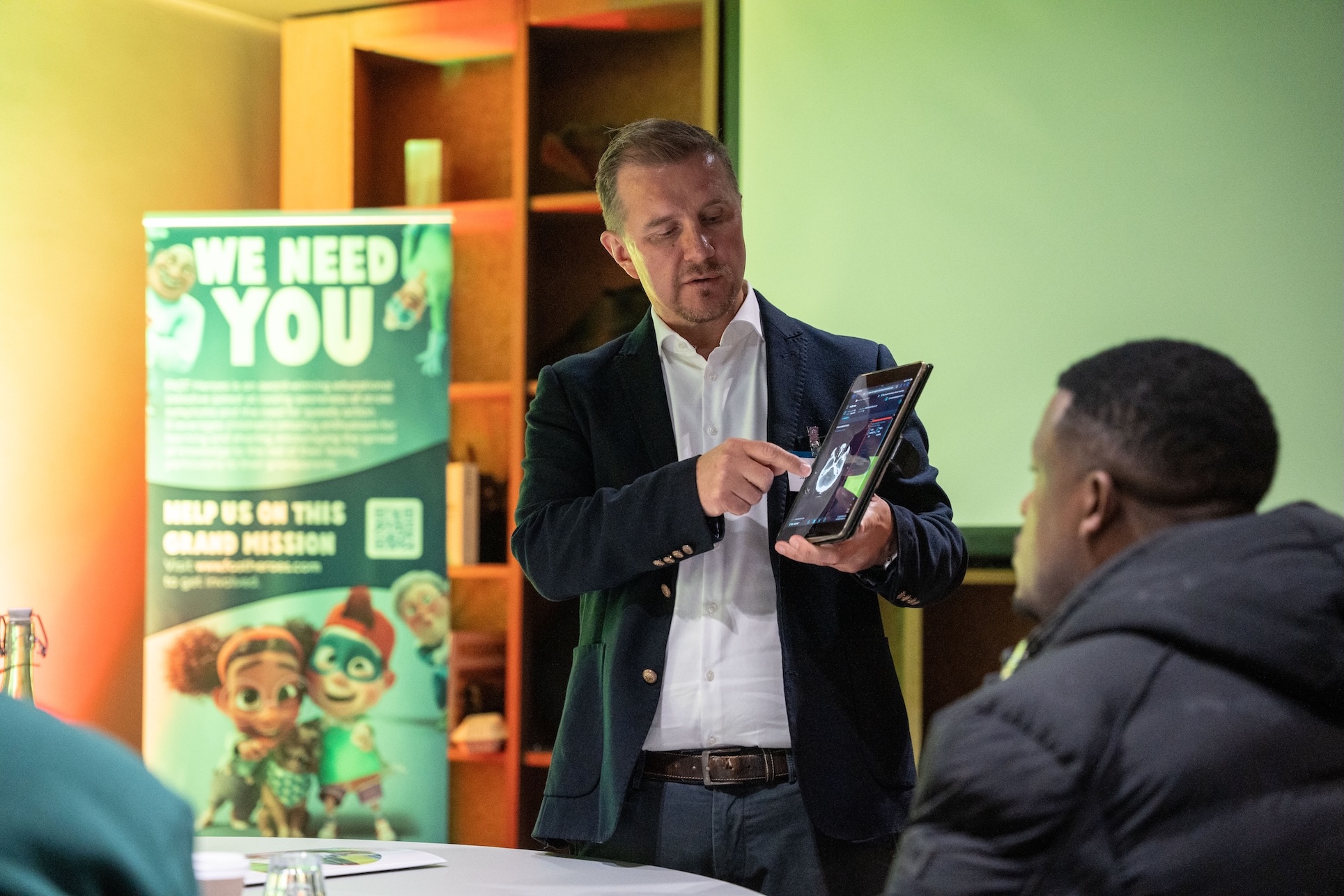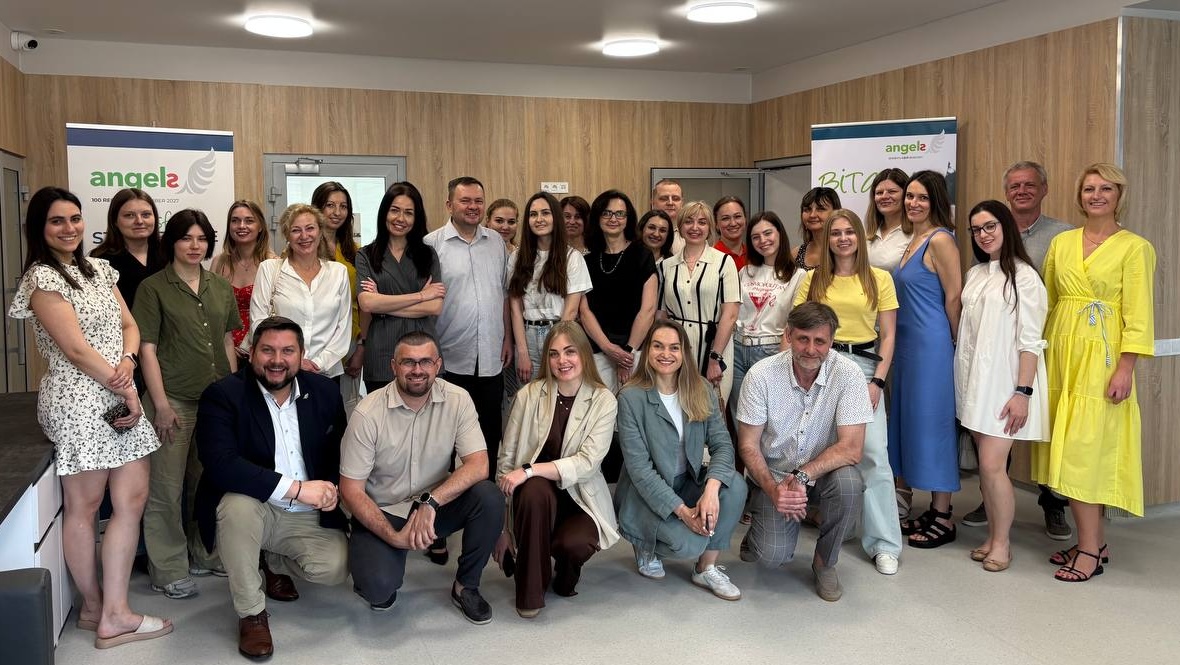Họ không phải là những người đầu tiên ở Malaysia điều trị bệnh nhân đột quỵ bằng thuốc Tiêu huyết khối, nhưng họ đã là những người nhanh nhất.
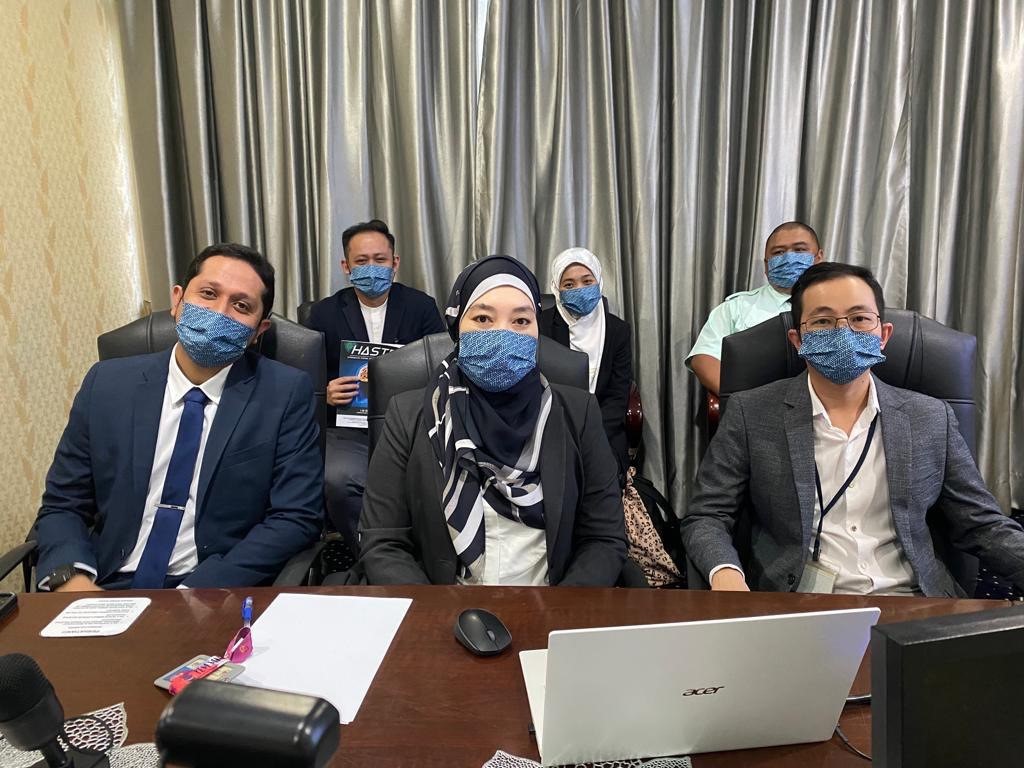
Việc điều trị Tiêu huyết khối đầu tiên tại Bệnh viện Tuanku Ja’afar ở Seremban (HTJS) đã diễn ra trên 5 tháng 5 năm 2019 và được hoàn thành trong vòng chưa đầy 60 phút. Đây là thời điểm mà nhiều bệnh viện trên khắp thế giới sẽ báo cáo với sự hài lòng ngay cả sau vài năm kinh nghiệm, nhưng không phải là bệnh viện tiểu bang 50 năm tuổi này ở tỉnh Negeri Sembilan, trên bờ biển phía tây của bán đảo Malaysia.
Đến năm 2020, đội đột quỵ tại HTJS đã điều trị phần lớn bệnh nhân đột quỵ trong vòng 45 phút. Vào đầu năm 2021, hơn một nửa số bệnh nhân đột quỵ của bệnh viện đã được điều trị trong vòng chưa đầy 35 phút và đến quý hai - khi làn sóng COVID-19 tàn phá thứ ba đang bắt đầu tàn phá Malaysia - Giải thưởng Kim cương WSO Angels đánh dấu một cột mốc mới; thời gian từ cửa đến kim trung bình đẳng cấp thế giới là 25 phút.
COVID-19 chỉ tạm thời phá vỡ bước tiến của họ, vì số lượng bệnh nhân giảm dần khi bắt đầu đại dịch, nhưng đến cuối năm 2021, đội đột quỵ tại HTJS đã vay nguồn cung cấp rTPA từ một tiểu bang lân cận để theo kịp tốc độ làm việc của họ. Mặc dù kết hợp các quy trình Covid để bảo vệ bệnh nhân và bản thân họ, thời gian giao hàng tận nơi của họ không dao động.
Bác sĩ thần kinh Teh Pei Chiek và bác sĩ ER, Tiến sĩ Emi Noorina Binti Mohd Nor, giải thích về việc bệnh viện đã giảm hơn một nửa thời gian điều trị trong dưới ba năm, trong khi tăng gấp đôi tỷ lệ tái phẫu thuật, có rất ít, nếu có bất kỳ bất ngờ nào. Trên thực tế, những gì họ chia sẻ là một trường hợp trong sách giáo khoa về việc làm tất cả những điều quan trọng đúng đắn.
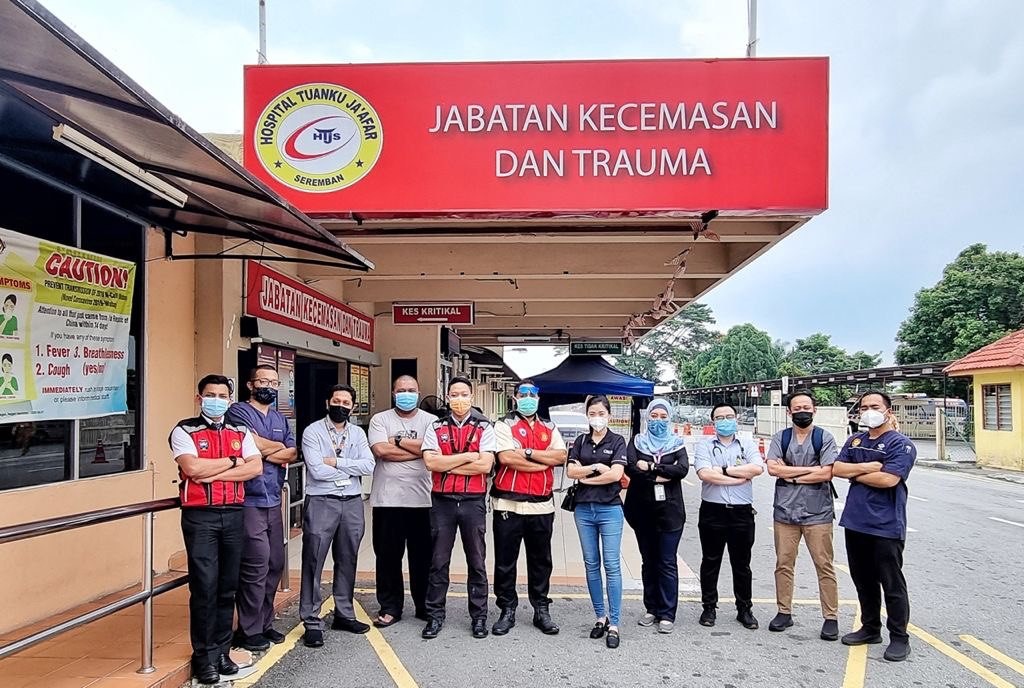
Nhu cầu về tốc độ
Bệnh viện Tuanku Ja’afar trải dài trên 26 héc-ta ở thủ phủ tỉnh Seremban nằm ở thung lũng sông Linggi, cách Kuala Lumpur khoảng 60 km về phía nam. Ban đầu được gọi là Bệnh viện Đa khoa Seremban, bệnh viện được đổi tên vào năm 2006 theo tên của vị vua thứ mười của Malaysia, người sẽ chết trong bệnh viện cùng tên của mình, hai năm sau khi bị đột quỵ.
Với 1.143 giường và 23 chuyên khoa lâm sàng, HTJS đóng vai trò là bệnh viện giới thiệu cho tất cả Negeri Sembilan. Mặc dù tỷ lệ đột quỵ đang tăng lên ở đây vì nó xảy ra trên khắp Malaysia, bệnh viện chỉ bắt đầu điều trị đột quỵ cấp tính sau khi có được các dịch vụ của một bác sĩ thần kinh vào năm 2018.
Từ đó, Tiến sĩ Teh đã đặt mục tiêu của mình vào thời gian từ cửa đến kim ngắn nhất có thể và đã cống hiến hết mình để loại bỏ từng trở ngại – “chủ yếu”, ông giải thích, “bằng cách loại bỏ tất cả các tương tác không cần thiết dọc theo con đường”.
Dưới sự lãnh đạo của ông và với sự hỗ trợ của Bác sĩ Emi, bệnh viện đã thực hiện một cách có hệ thống mọi hướng dẫn mới cho phác đồ đột quỵ cấp tính, từ việc tích hợp các dịch vụ trước bệnh viện đến điều trị bằng CT.
Thông báo trước là chìa khóa và bệnh nhân đột quỵ được chuyển trực tiếp đến phòng chụp CT đã được chuẩn bị trước. Cảnh báo đột quỵ để triệu tập nhóm đa ngành được phổ biến và các phút quý giá được lưu lại bằng một số hành động được thực hiện song song, bao gồm đánh giá mức độ nghiêm trọng của đột quỵ và lấy chấp thuận.
Sự hợp tác chặt chẽ giữa thần kinh học và chụp X-quang có nghĩa là chụp CT được diễn giải ngay lập tức, để nếu bệnh nhân đủ điều kiện để Tiêu huyết khối, điều trị có thể bắt đầu ngay lập tức. Đề phác đồ HASTE (Hyperacute Stroke Smart Track in Emergency) và bộ dụng cụ HASTE của bệnh viện, cả hai đều xuất hiện từ sự hợp tác với các dịch vụ EMS, đã giành chiến thắng trong Cuộc thi Đổi mới Quốc gia Malaysia nhưng quan trọng hơn, bằng cách hợp lý hóa con đường này, họ cứu sống nhiều người.
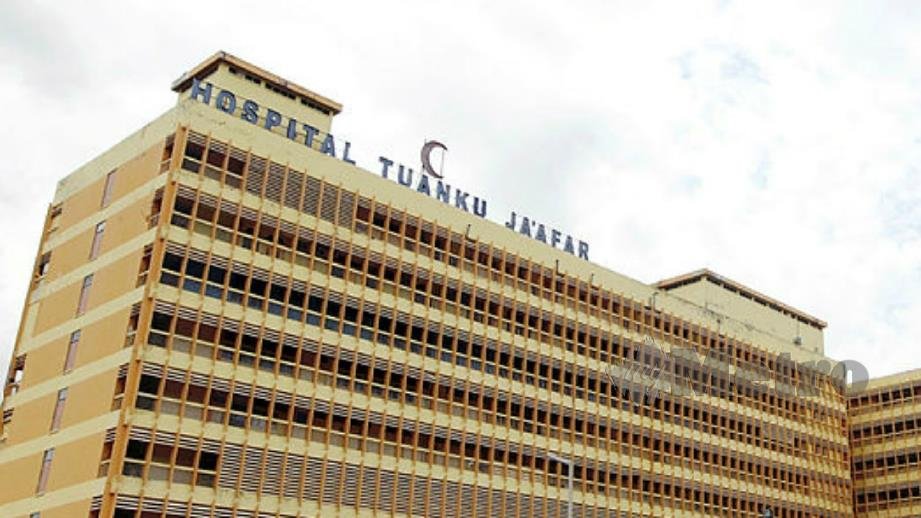
Giải quyết các thách thức
Thách thức tiếp theo đối với Tiến sĩ Teh và nhóm của ông là đưa bệnh nhân đột quỵ đến bệnh viện nhanh hơn. Hiện tại, chỉ có khoảng một phần ba số bệnh nhân đến bệnh viện qua EMS với một phần ba khác được giới thiệu từ các trung tâm khác. Tuy nhiên, một phần ba trong số đó là đi du lịch mà không cần trợ giúp và quá thường xuyên bên ngoài cửa sổ điều trị. Đây là một vấn đề chỉ có thể được giải quyết thông qua các chiến dịch y tế công cộng về nhận thức các triệu chứng đột quỵ và Dự phòng đột quỵ ban đầu.
Nhóm HTJS cũng cam kết cải thiện các dịch vụ điều trị đột quỵ tại các bệnh viện khác trong khu vực, nơi họ hy vọng sẽ nhân rộng các quy trình và chia sẻ kiến thức của mình. Các cuộc diễn tập mô phỏng tại một bệnh viện quận gần đó đã có trong chương trình nghị sự, mặc dù bệnh viện lân cận vẫn chưa chỉ định một bác sĩ thần kinh.
Malaysia đang phải đối mặt với tình trạng thiếu hụt các chuyên gia chăm sóc sức khỏe, bao gồm cả trong lĩnh vực thần kinh học. Phát biểu tại Hội nghị Đột quỵ Malaysia lần đầu tiên vào năm 2019, Tổng Giám đốc Y tế Datuk Tiến sĩ Noor Hisham Abdullah, ước tính rằng cần thêm 200 chuyên gia thần kinh để đáp ứng nhu cầu của bệnh nhân đột quỵ trong nước.
Tại HTJS, niềm đam mê của Tiến sĩ Teh đối với cả thần kinh học và bệnh nhân của ông chuyển thành những giờ làm việc dài, nhưng một bác sĩ thần kinh thứ hai là rất cần thiết để bệnh nhân đột quỵ có thể được đảm bảo điều trị tuyệt vời bất kể giờ nào, và để Tiến sĩ Teh có thể có được một số giấc ngủ ngon.

